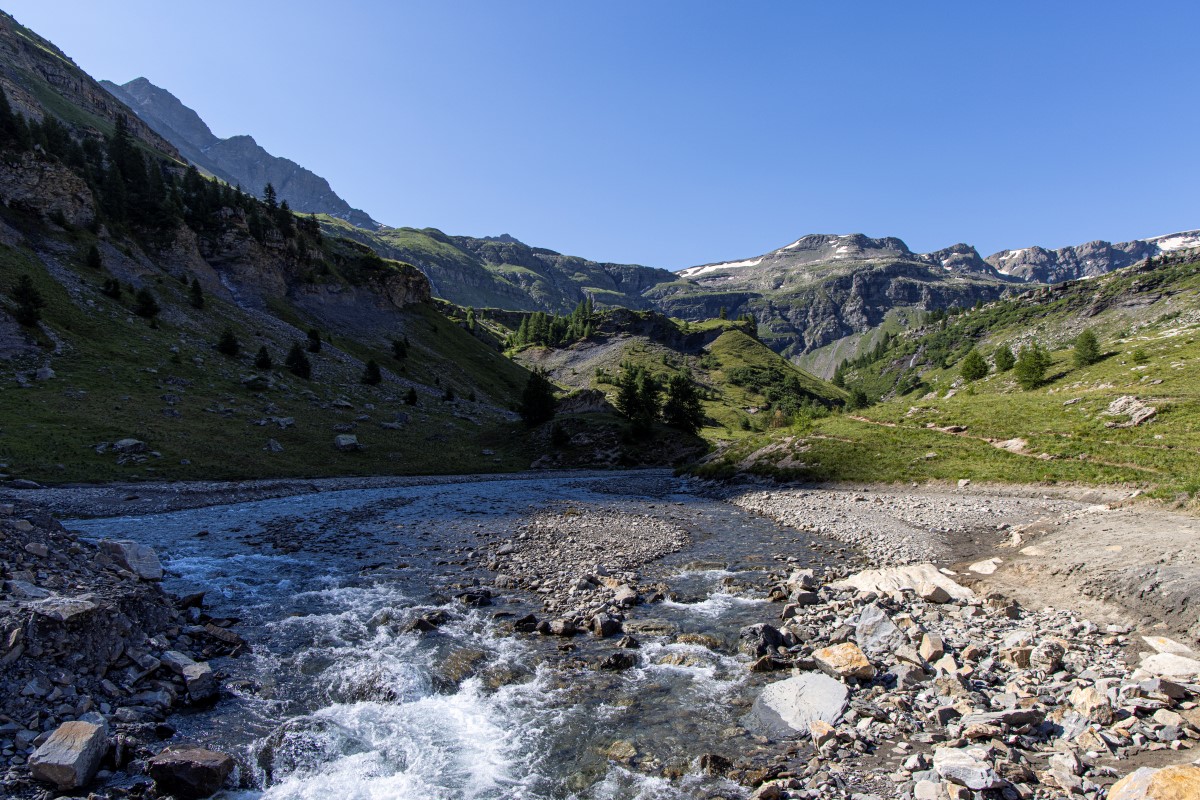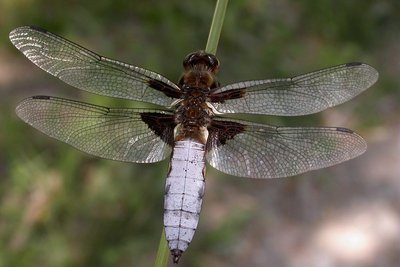Le lac du Fangeas
Blandine Delenatte and Jean-Philippe Telmon, wardens
Description
- At the following crossing, take the footpath to the left "lac du Fangeas, col des Terres Blanches" and follow the trail along the Oules stream that leads to the Fangeas lake.
- The return trip will be by the same path.
- Departure : Cascades Car Park, Fressinières
- Towns crossed : Freissinières
19 points of interest

 Archaeologie
ArchaeologieMines
A few remains of the exploitation of the ancient mine are disseminated around the sector of Fangeas. These mines go back to the Middle Ages, a period during which we exploited silver-lead and copper. It was a small exploitation, no doubt associated with the mines at Fournel. The metal mined was used to mint feudal currency. The mine works are now filled in and flooded, which has enabled us to find well preserved remains: scaffolding, turned wooden bowls, the sole of a shoe. Archeologists have been excavating the mine for the last ten years they started by siphoning off the flood water from the tunnels. The mines are not accessible to the public and we have deliberately not communicated their exact location. For more information about this heritage, contact the mining museum at l'Argentière la Bessée.

 Water
WaterThe Oules stream
It has a series of waterfalls and natural basins that make it one of the most difficult streams to descend for those who like canyoning. The footpath that leads to the Fangeas lake follows it for most of the route and the sound of rushing water in the spring and the beginning of the summer, accompany the hiker.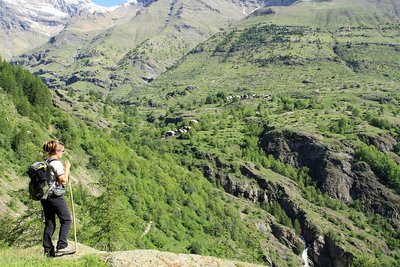
Coup d'œil sur Dormillouse en montant au Fangeas - Jean-Philippe Telmon - PNE  Panorama
PanoramaView of the village of Dormillouse
The village of Dormillouse is unique in that it is levelled into several hamlets, each of which has a public amenity. Enflous, at the bottom of the village, has the mill, Escleyers has the temple, the school and the fountain, and Romans, at the top of the village, has the oven. The stone and wood houses are typical of mountain architecture in an isolated area.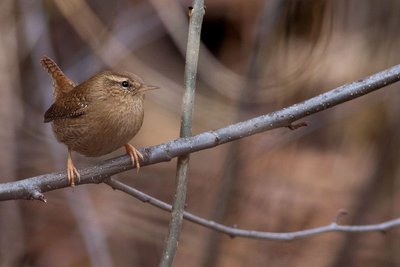
Un Troglodyte mignon saisi au repos - Pascal Saulay - PNE  Fauna
FaunaEurasian wren
This small 10 cm ball of feathers, with a white band across its eyes, is the “pétabouillou” ou la “pétouse” that lets out its powerful song from the branch it is on, tail oriented vertically. It fidgets continually in the clutter of vegetation, elusive.
Le Pouillot véloce ... Tchiff-tchaff, tchiff-tchaff ... - Pascal Saulay - PNE  Fauna
FaunaCommon Chiffchaff
Although common, this small passerine is rarely seen but its «Tchiff-tchaff, tchiff-tchaff, chiff-tchaff...» song is often heard. Its song is reminiscent of the noise made by gold coins as they drop into a box one by one. The English call it the chiffchaff, the Germans Zilpzalp. In other words, this song certainly attracts attention! A migratory bird, it arrives in Les Écrins in late March or early April and nests in shrubby forests. It feeds on insects all summer before returning to overwinter around the Mediterranean rim.

La mégaphorbiaie - Pierre-Emmanuel Dequest - PNE  Flora
FloraEutrophic Tall herb fringe
This is a plant formation of tall grass that grows on damp ground. Along the Fangeas footpath on the edge of the Oules, this tall grass brushes calves and thighs.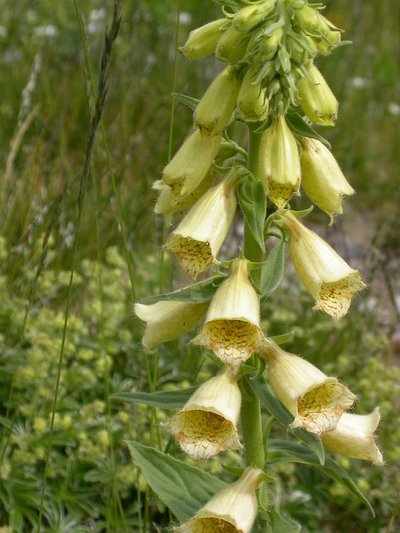
Digitale à grandes fleurs - Olivier Warluzelle - PNE  Flora
FloraLarge flowered foxglove
It would be difficult to miss this large flower with its bunched yellow corolla. It gets its name from the resemblance of its flower with thimbles in which you put your finger ("digitale" referring to finger in French). In colloquial language, it is called "witch's glove" as it is a very toxic plant.
Berce commune - Cédric Dentant - PNE  Flora
FloraHogweed
This large member of the umbelliferae family can grow up to 160 cm and likes rich damp soil. It gives off a smell of mandarin when it is handled. In the spring, the flower buds are hidden in a sheath of leaves and when they blossom, the umbels attract many insects.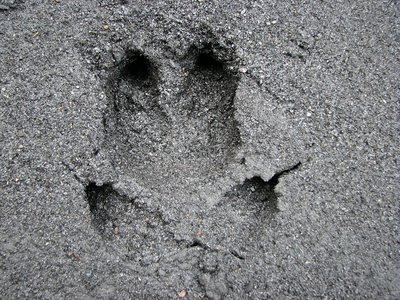
Sur les pas du sanglier - Christophe Albert - PNE  Fauna
FaunaBoar
There is little chance that you will come across this animal but it is likely you will see evidence of unearthing (overturned top layer of earth) or rooting (when it digs deeper into the soil). Boar root the soil with their snout in search of worms, beetle larvae, roots and tubers.
Un brocard ou chevreuil mâle à pas feutré - Robert Chevalier - PNE  Fauna
FaunaRoe deer
Hidden in the larch forest, the roe deer will occasionally show its fine head at dusk or dawn. It is not always easy to spot this reserved animal but traces betray its presence by the print of its frail heart-shaped hooves, shrubs stripped of their bark by yearlings rubbing the last shreds of velvet from their antlers, or scratching at the ground to mark their territory during the mating season. Sometimes a throaty barking sound may be heard.
Fleur de vératre blanc - Bernard Nicollet - PNE  Flora
FloraWhite hellebore
Without its flowers, it would be easy to mistake it for a yellow gentian. However, the white hellebore has alternating leaves on its stem whereas those of the gentian are opposite (forming a cup). The gentian makes a well-known aperitif, whereas the hellebore is poisonous.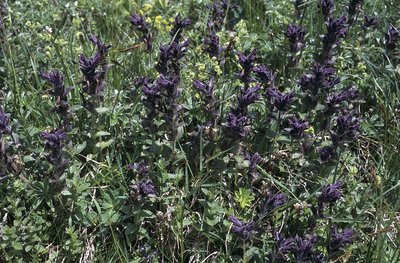
Bartsie des Alpes - Marie-Geneviève Nicolas - PNE  Flora
FloraAlpine bartsia
It can be seen from afar in the green grass due to its purplish bracts that almost hide its small flowers. It is an artic-alpine species living high in the Alps and in northern Europe.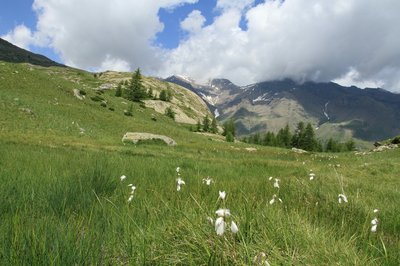
Zones humides aux environs du lac du Fangeas - Jean-Philippe Telmon - PNE  Water
WaterWetlands
The Fangeas lake is surrounded by wetlands. Its name comes from "fange", which is a marshy area.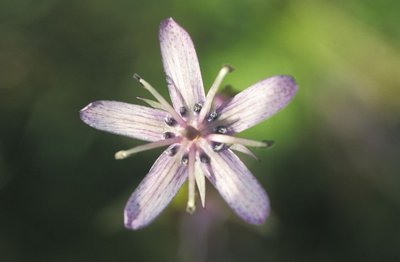
Swertie vivace - Bernard Nicollet - PNE  Flora
FloraFelwort
At the beginning of August, the Felwort's violet stars open up in the sun. At the base of each of the five petals, two shiny dimples filled with nectar attract insects. It is part of the gentian family and is a beautiful, hardy flower that resists the winter season thanks to its winter bud.
Criquet jacasseur - Blandine Delenatte - PNE  Fauna
FaunaLarge mountain grasshopper
From the middle of the summer, this grasshopper rubs its dark, staggered, ribbed elytra with its back legs and fills the air with the resulting repetitive sh-trrrrrrr sh-trrrrrrrr sh-trrrrrrrr...sound. When we disturb it as we walk, it flies off noisily as if it was not happy.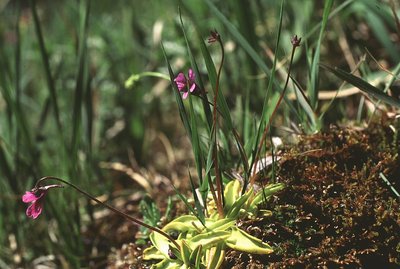
La grasette commune une carnivore qui aime les insectes - Jean-Pierre Nicollet - PNE  Flora
FloraButterwort
Its light green, almost yellow leaves enable us to identify it on the soggy earth. The sticky surface of its leaves are a real trap for the gnats that venture onto them. The plant is carnivorous in order to compensate for the lack of nitrogen in the wetlands. Fauna
FaunaBroad-bodied chaser
It get its French name, 'Libellule déprimée' not because it is "depressed" in a psychological way, but due to its flat abdomen. The male with its blue abdomen can often be seen flying above wet areas.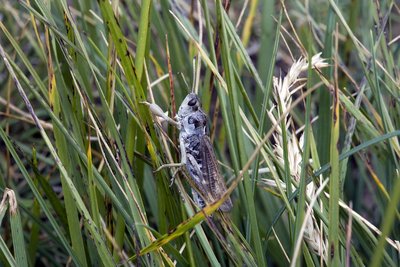
Gomphocère des alpages - Bernard Nicollet - PNE  Fauna
FaunaSiberian grasshopper
In the grass around the Fangeas lake, in August, several grasshoppers blend into the grass. Among them, the Siberian grasshopper has a peculiarity; it has butch arms, like Popeye. In fact, it is just that its front legs that are shaped like bulbs. Without this detail and its long steady song "creh-creh-creh-creh", it might easily go unnoticed with its green-brown colour.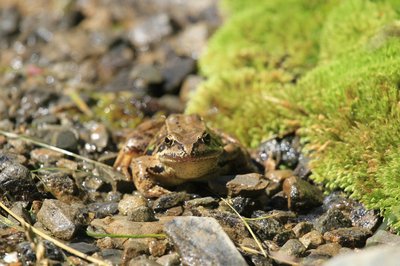
Grenouilles rousse - Jean-Philippe Telmon - PNE  Fauna
FaunaCommon frog
Sometimes a frog will jump in the wetlands that surround the Fangeas lake and more specifically in the rivulets that meander through the grass. Young or adult, it is the common frog, the most common in the mountains. It can live up to an altitude of 2800 m, a record! It hibernates in the ground or in the silt at the bottom of the water. In the spring, its eggs float on the surface of the water in compact clusters.
Forecast
Altimetric profile
Sensitive areas
Golden eagle
- Impacted practices:
- Aerial, , Vertical
- Sensitivity periods:
- JanFebMarAprMayJunJulAug
- Contact:
- Parc National des Écrins
Julien Charron
julien.charron@ecrins-parcnational.fr
Recommandations
 In mountain pastures, protection dogs are there to protect the herds from predators (wolves, etc.).
In mountain pastures, protection dogs are there to protect the herds from predators (wolves, etc.).
When I hike I adapt my behavior by going around the herd and pausing for the dog to identify me.
Find out more about the actions to adopt with the article "Protection dogs: a context and actions to adopt".
Tell us about your meeting by answering this survey.
Information desks
Vallouise Park house
, 05290 Vallouise
Information, documentation, models, exhibitions, screenings, product sales and works of the Park. Guided tours for school, reservation required. The new Park House opened in Vallouise since June 1, and offers visitors an interactive permanent exhibition inviting to explore the area and its heritage. A temporary exhibition space will allow a renewed offer. Finally, the device is completed by an audiovisual room to organize screenings and conferences Free admission. All animations of the Park are free unless otherwise stated.
Transport
Nearest SNCF train station : l'Argentière les Ecrins - www.voyages-sncf.com then taxi. (Taxi Pellegrin 06 98 88 17 78 / Taxi Billau 06 08 03 45 90)
Access and parking
From the main RN94 road north of la Roche de Rame, follow the D38 then D38B roads until you reach Fressinières. Go through Fressinières and follow the D238 road, which heads right up to the Cascades Car Park on the valley floor. This is the end of the road in the bottom of the Fressinières valley. In the snowy season, the road is closed.
Parking :
Source

Report a problem or an error
If you have found an error on this page or if you have noticed any problems during your hike, please report them to us here:

